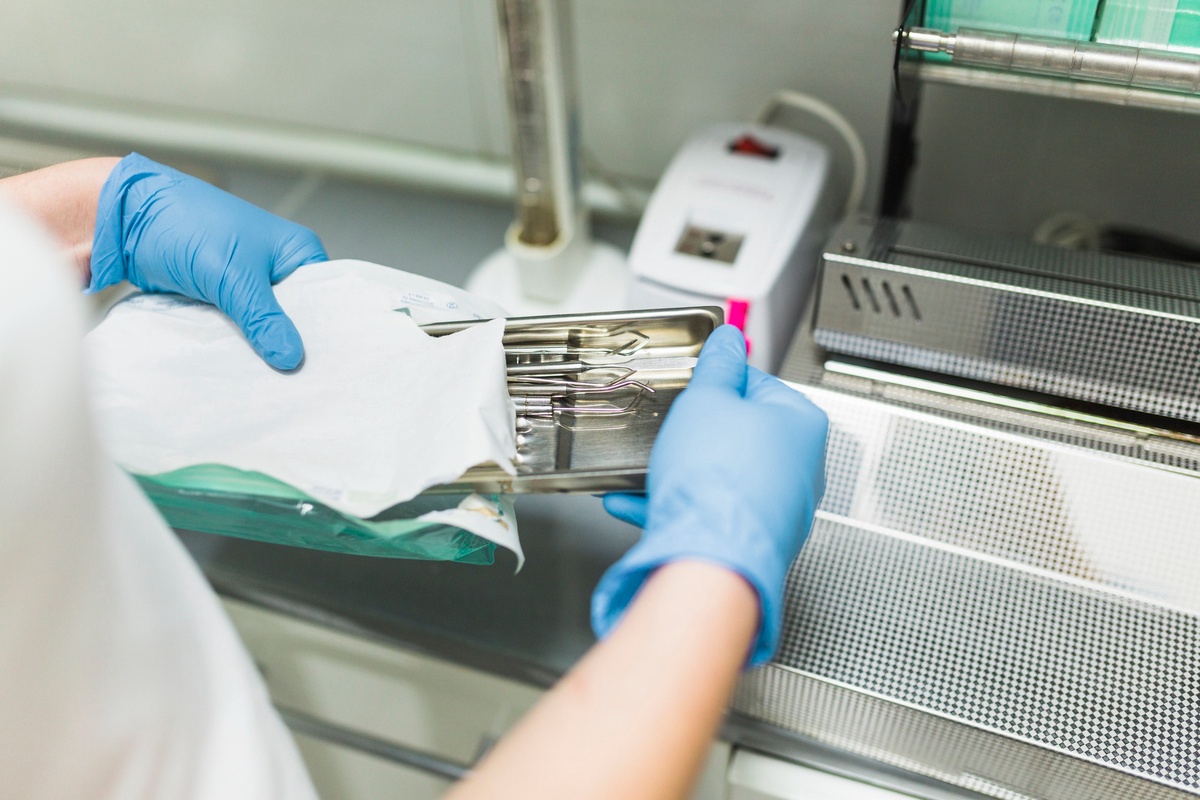Imagine a world where medical devices seamlessly interact with the human body. A place where efficiency meets innovation, resulting in better patient outcomes. Sounds enticing, right? Well, we’re inching closer to that reality with the integration of hydrophilic coating for medical devices. This game-changing solution has proven its worth by amplifying the performance and safety of several medical tools.
What’s the Buzz About Hydrophilic Coating?
At its core, hydrophilic coating refers to a surface layer that attracts water. When applied to medical devices, this coating ensures smoother insertions, minimizing discomfort and potential tissue damage. The benefits don’t stop there. Devices coated with hydrophilic materials reduce the need for excessive lubricants, simplifying procedures for healthcare professionals.
Why should we care? The application of hydrophilic coating for medical devices plays a vital role in enhancing patient care. It’s about optimizing tools that doctors, nurses, and surgeons rely on daily. And for the patient, it translates to reduced discomfort and increased safety.
Advantages of Hydrophilic Coating for Medical Devices
- Improved Lubricity: Let’s start with friction, or rather, the lack of it. Devices coated with hydrophilic materials slide better. Think about it. When something moves with ease inside the body, there’s less pull or drag. For procedures like putting in a catheter, this is a big win. It simply feels better for the patient.
- Better Biocompatibility: Now, onto how medical devices mesh with our bodies. They need to work in harmony with us. That’s where hydrophilic coatings step in. These coatings make devices more body-friendly. So, when a device touches our tissue, there’s a smaller chance of a bad reaction.
- Enhanced Durability: Let’s not forget about longevity. A hydrophilic layer gives medical tools an extra shield. It’s like giving them a protective barrier against daily use. The result? Devices that stay in top shape for a longer time.
- Reduced Complications: Lastly, let’s tackle safety. All medical procedures have risks. That’s a given. But with hydrophilic coatings, we can trim down some of these risks. How? By reducing the odds of issues like infections. It’s a proactive step towards safer healthcare.
Real-world Applications
Hydrophilic coatings aren’t just ideas on paper. In fact, they’re making significant strides in real-world medical settings. Let’s delve into their current uses:
- Catheters: Firstly, let’s look at catheters. With hydrophilic coating, they glide more easily. This leads to two clear benefits. First, patients experience less discomfort. Second, healthcare providers find insertions smoother.
- Endoscopes: Next, consider endoscopes. Clear visuals are essential for these devices. At the same time, they need to move freely inside the body. That’s where hydrophilic coatings come into play. They help endoscopes function better.
- Stents: Lastly, think about stents. Precision matters when placing them. Hydrophilic coatings make stents more accurate. This reduces potential risks for patients.
So, what does all this mean? Well, it’s simple. Hydrophilic coating for medical devices isn’t just a passing phase. It’s a significant leap. It’s pushing healthcare to new heights.
The Future Looks Bright
With technological advancements surging ahead, the application of hydrophilic coating for medical devices is set to expand even further. As research continues and more benefits come to light, it’s only a matter of time before this coating becomes a staple in the production of all medical devices.
Healthcare professionals and patients alike stand to gain immensely. Professionals will have access to superior tools, ensuring accuracy and efficiency in procedures. For patients, the future promises reduced discomfort and improved overall experiences during medical interventions.
A Note About Hydromer
Before we wrap up, let’s highlight a leader in the field: Hydromer. With years of dedicated service, Hydromer has positioned itself at the forefront of hydrophilic technology solutions. They’re not just providing products; they’re offering state-of-the-art solutions that are shaping the way the healthcare industry views medical device efficiency.
Conclusion
To put it simply, hydrophilic coating for medical devices is revolutionizing the healthcare domain. Its introduction has triggered a cascade of benefits, from improved patient care to cost savings for healthcare providers. As we continue to prioritize patient safety and comfort, innovations like these will remain at the helm, driving positive change. And with industry leaders like Hydromer leading the charge, the horizon seems promising.


No comments yet